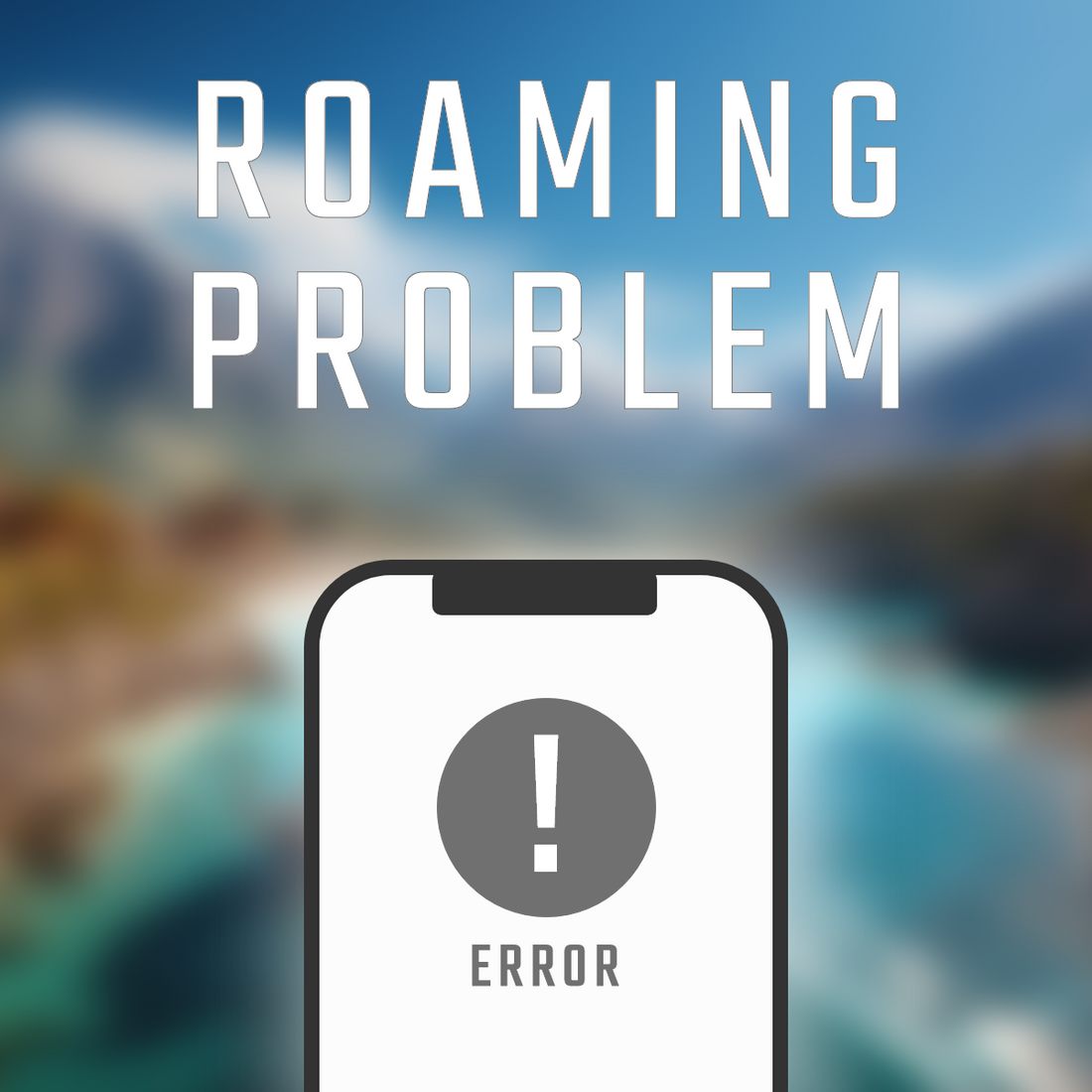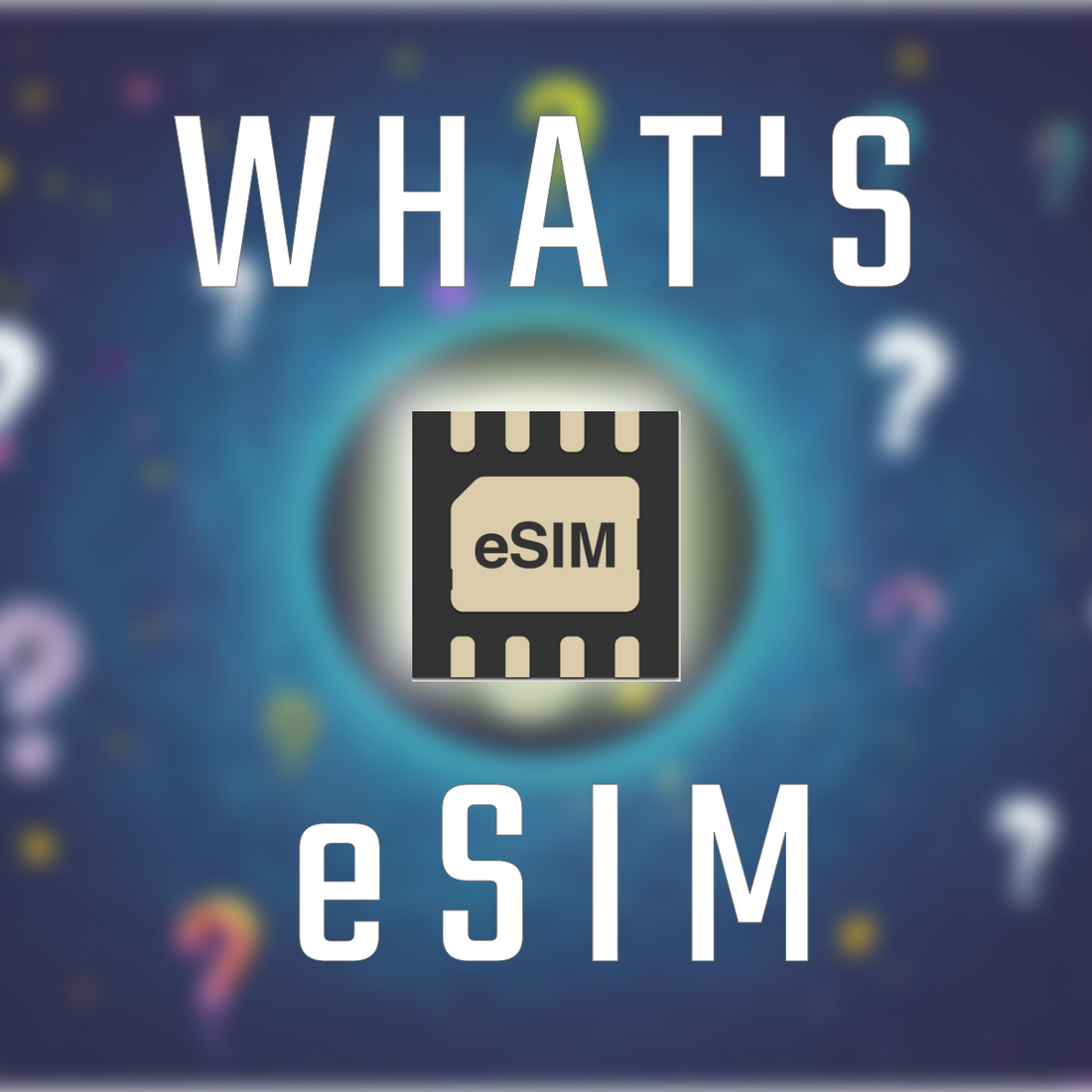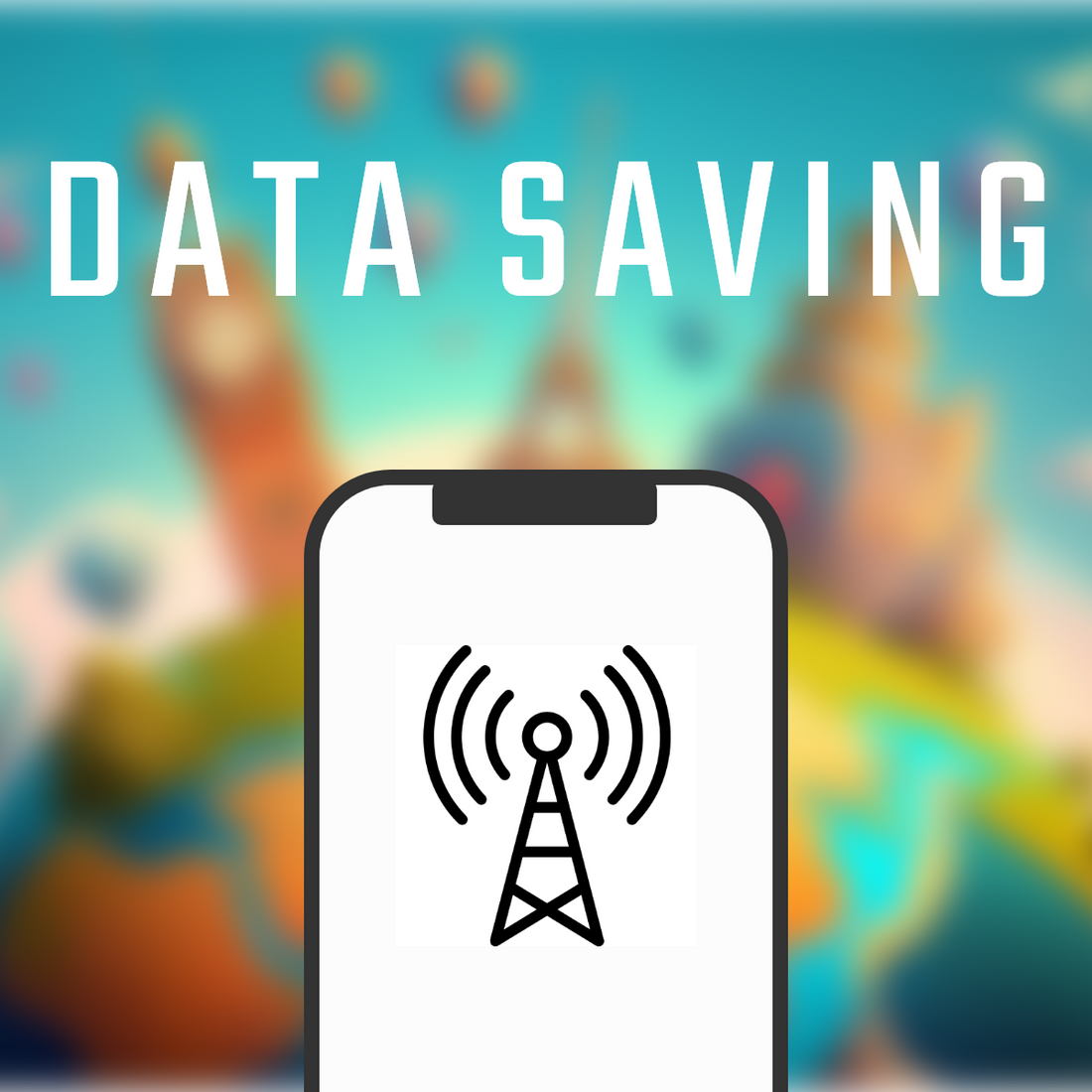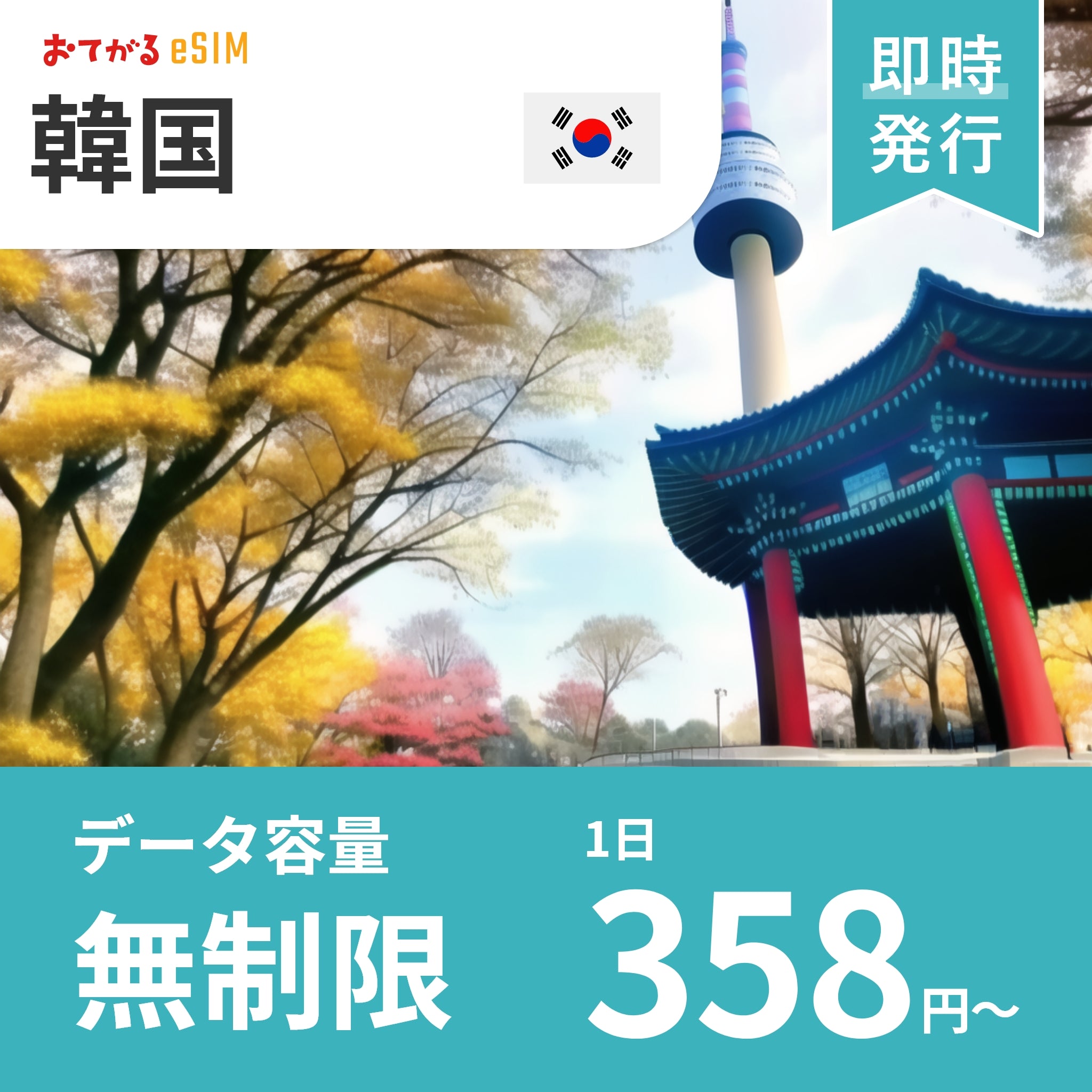
[By destination]
Find the best eSIM plan
How to choose and set up
How do you communicate when traveling abroad?
"Buying a local SIM card is a hassle." "I want to avoid expensive international roaming." "Mobile routers add to my baggage."
An eSIM is useful in such situations.
With a digital SIM card built into your smartphone, you can instantly install a data plan using an app or QR code. Unlike physical SIM cards, there's no need to swap them out, making it ideal for traveling abroad.
This article provides clear explanations on how to choose an eSIM plan that suits your travel destination and purpose, as well as the preparations and setup you need to make before you leave.
A review of the benefits of eSIM
- No need to replace physical SIM
- Instant activation online even overseas
- Easy switching between multiple lines
- Much cheaper than international roaming
How to Choose an eSIM Plan | Travel Style Guide
1. Choose by length of stay
| Length of stay | Recommended data capacity |
|---|---|
| Within a week | 1GB to 3GB (for sightseeing, maps, and SNS) |
| 2-3 weeks | 5GB to 10GB (search and video viewing) |
| More than a month | 10GB or more or unlimited plan |
If you're unsure, we recommend buying a little more than you need. It's often cheaper than buying extra.
2. Choose based on the purpose of your trip
Tourism: Medium capacity (3-5GB) is sufficient. Mainly used for maps, social media, translation apps, etc.
Business: Stable communication is important. Choose a 5G-compatible, stable line.
Studying abroad or staying for a long period of time: A long-term eSIM or a plan from a local carrier is economical.
| Usage scenarios | Data consumption (approximate) |
|---|---|
| Use Google Maps navigation | Approximately 5 to 10 MB per hour |
| Viewing social media (Instagram, X, etc.) | Approximately 30 to 100MB/hour |
| SNS post (with image) | Approximately 5-20MB per post |
| Web searches and site browsing | Approximately 20 to 50MB/hour |
| Messaging apps (such as LINE) | Approximately 1 to 5 MB per hour |
| LINE call (voice) | Approximately 20MB/hour |
| LINE Video Call | Approximately 200MB/hour |
| YouTube (low quality 144p-240p) | Approximately 100MB/hour |
| YouTube (medium quality 480p) | Approximately 300-500MB/hour |
| YouTube (High quality 720p-1080p) | Approximately 700MB~1.5GB/hour |
| Music streaming (Spotify, etc.) | Approximately 40-150MB/hour |
| Online games (light ones) | Approximately 30 to 100MB/hour |
| Video conferencing (Zoom, Meet, etc.) | Approximately 500MB to 1GB per hour |
| Cloud backup of photos and videos | 1 photo = approx. 3-5MB, 1 minute of video = approx. 60-100MB |
How to Choose the Best eSIM for Your Region
Japan, South Korea, Taiwan (East Asia)
It is relatively fast and stable, and has a wide 4G/5G coverage.
In some cases, you may be able to use a travel eSIM to cover all of these.
Southeast Asia (Thailand, Vietnam, etc.)
There are plenty of plans and the prices are low.
If you are visiting multiple countries, the "Asia Travel eSIM" is convenient.
North America (USA and Canada)
The country is so vast that coverage varies depending on the telecommunications company.
If you are going to a rural area, it is a good idea to prioritize wide coverage.
Europe (within the EU)
With EU roaming, you can use it in multiple countries by signing up for one country.
Tour plans covering both Western and Eastern Europe are popular.
Others (Middle East, Africa, South America, etc.)
eSIM may not be supported or communication may be unstable in some areas.
Please check the status of your destination in advance.
eSIM settings you should do before you leave
1. Check if the device is compatible
Make sure to check if your device supports eSIM.
For example: iPhone XR or later, Pixel 4 or later, Galaxy S20 or later, etc.
2. Check compatible carriers
Make sure the eSIM provider you want to sign up with can connect to the network in the country you're staying in.
3. Purchase a plan and install the eSIM
Get a QR code or install the app before you travel
You can easily register by going to "Settings" > "Mobile Communications" > "Add eSIM".
It's a good idea to set it up in advance so that it can be used offline.
How to use it while traveling and things to be aware of
If you feel your connection is slow
Avoid busy times (evening to night)
Switch to a different line (if you have dual SIM)
Tips for reducing battery consumption
Low power mode ON
Turn off background communication for unnecessary apps
Security measures
When using public Wi-Fi, be sure to take precautions such as using a VPN.
Protect your phone with a passcode or Face ID settings
summary
eSIM is the new standard for overseas travel!
With eSIM, you don't have to go through the hassle of purchasing and setting up a local SIM.
By choosing a plan that suits your travel style, you can communicate comfortably and affordably.
If you're planning on traveling abroad in the future, be sure to make the most of eSIM and enjoy a smart trip!





